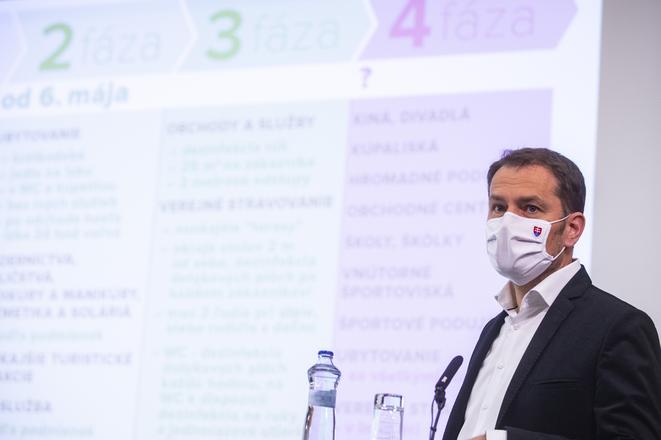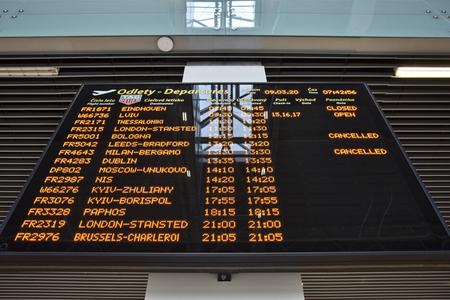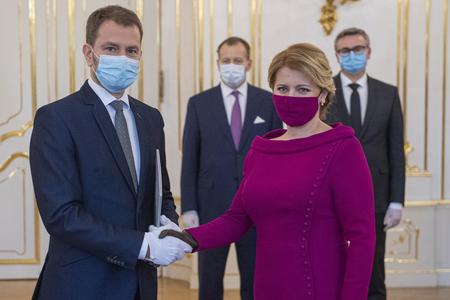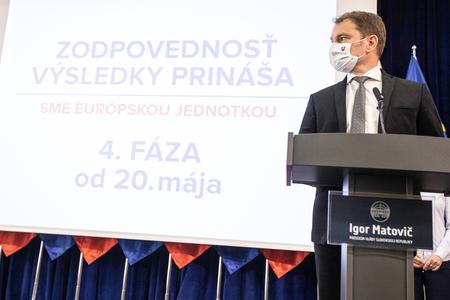Our paywall policy:
The Slovak Spectator has decided to make all the articles on the special measures, statistics and basic information about the coronavirus available to everyone. If you appreciate our work and would like to support good journalism, please buy our subscription. We believe this is an issue where accurate and fact-based information is important for people to cope.
Spring has proven to be a dynamic season in Slovakia. While Easter was marked by heavy restrictions on the movement of people, the tail-end of May has seen the restoration of the many freedoms enjoyed by the public prior to the COVID-19 outbreak.
There are very few things left to suggest that the country was under partial lockdown two months ago.
Restrictions came quickly
A state of emergency was declared by former PM Peter Pellegrini (Smer) on March 12, 2020, just six days after the first confirmed case was reported in Slovakia, effectively closing the country’s borders.
All events were cancelled, churches and schools were closed, and public gatherings were limited to a maximum of 10 people. Restaurants and most stores were also closed while wearing masks in public became obligatory.
A change of the guards took place on March 21, when current PM Igor Matovič (OĽaNO) took power. Matovič created a permanent crisis staff and established special shopping hours for seniors.
The quick reaction, applauded abroad, led to low infection numbers, earning Slovakia the reputation as one of the best in coping with the coronavirus outbreak.
Meanwhile, the Finance Ministry introduced a financial aid package designed to help businesses hit the hardest by the COVID-19 measures, in late March.
The heaviest restrictions came on Easter weekend, when people were only allowed to travel in between districts for work and grocery shopping.
"(...) we have been successful as a community of responsible people. Let's not spoil it, please," warned Matovič just before they took effect.
Back to normal(ish)
Given the low number of cases that followed, the government began its four-phase reopening plan. In the first phase, effective as of April 22, outdoor markets and small shops reopened. Thereafter, the government merged the second and third phases of the plan, which came into effect on May 6. Churches resumed mass and restaurants with outdoor seating reopened.
As of May 20, people are no longer required to wear masks outdoors, as long as they maintain a five-metre distance from others. Shopping centres and indoor restaurants have been reopened under strict sanitary guidelines while kindergartens and schools are expected to reopen June 1. Attendance, however, remains voluntary.
The requirement to close shops on Sundays and the senior shopping hours remain in place.
Borders remain closed until further notice, with some notable exceptions for cross-border workers and students.






